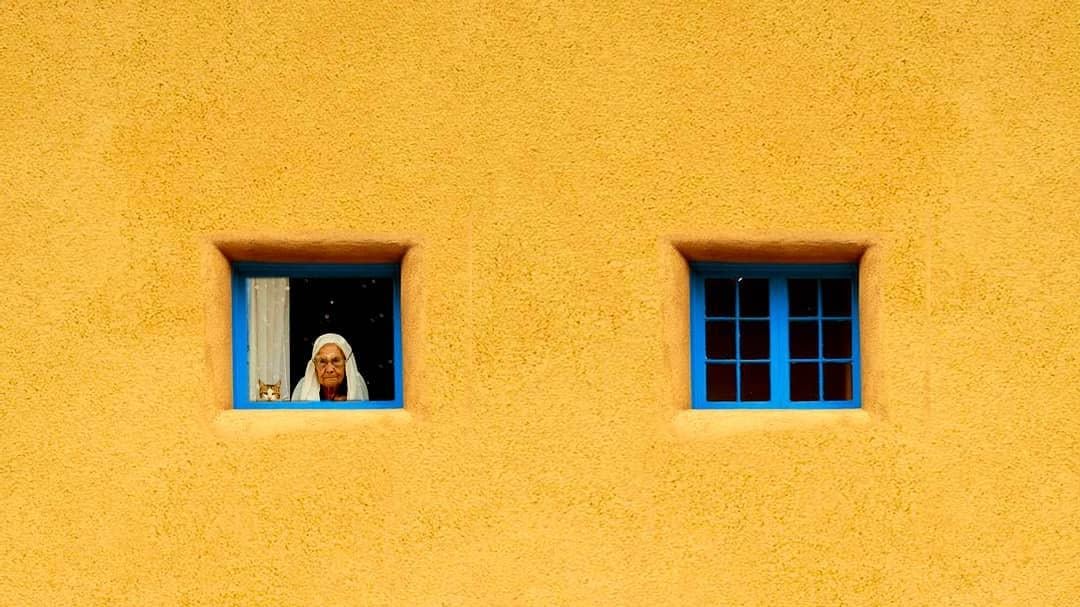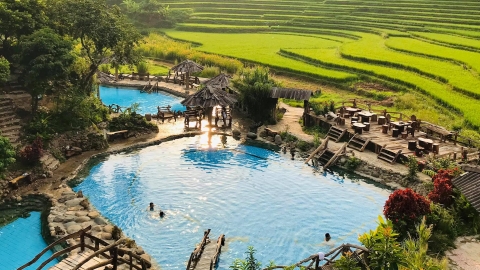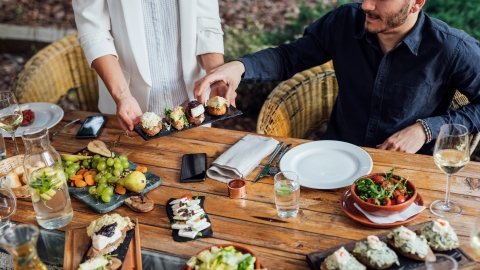The majority of the Moroccan population is Berber and according to their calendar, it is now the year 2969. Therefore, many cities in Morocco are called “future cities”.
Moroccan style is no longer strange to modern architectural works around the world, but all just stop at simulation and projection. Because, to feel the unique character of a North African Islamic country bordering the Mediterranean Sea and the European giant, besides itself - cannot be found anywhere else.
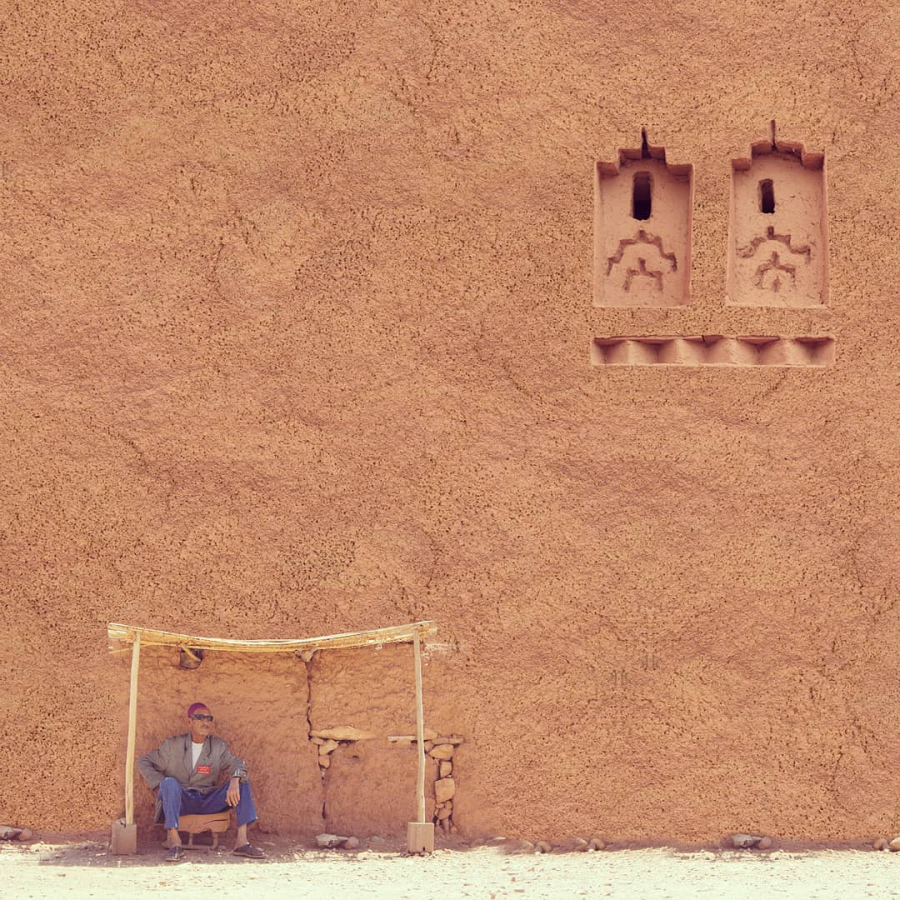
The main colors in Moroccan style are warm, hot colors, colors of the earth and desert. However, due to the special location adjacent to the sea, Mediterranean tropical colors are also used quite a lot in the architectural system here.


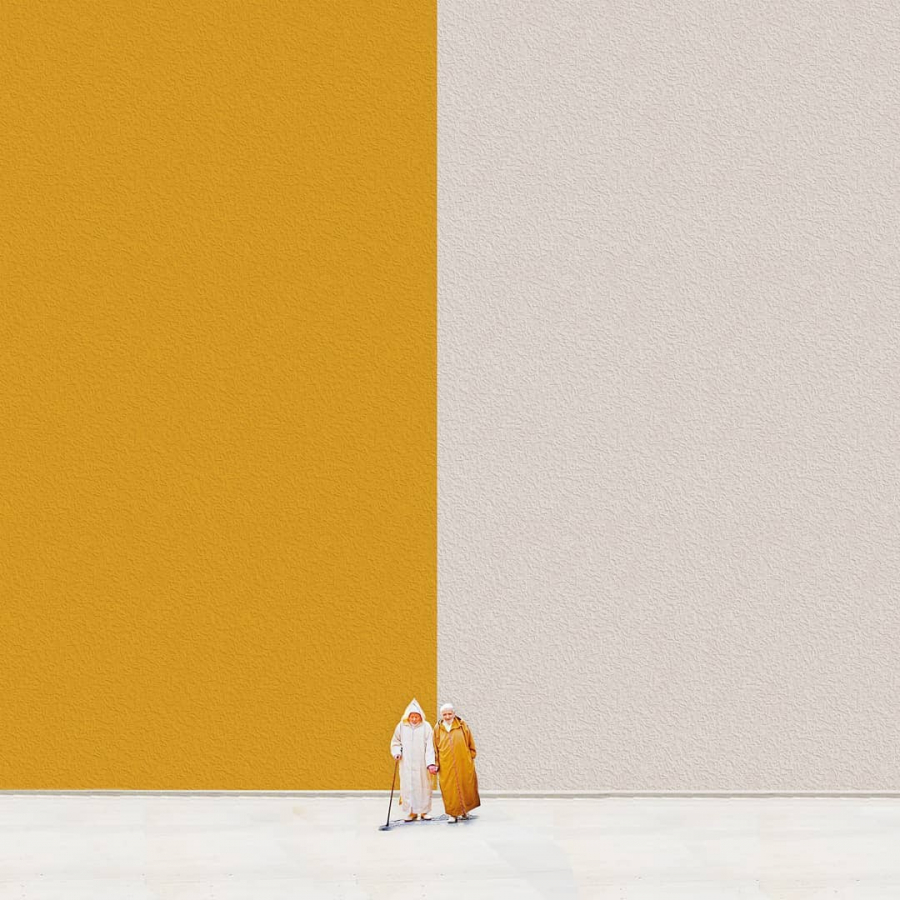
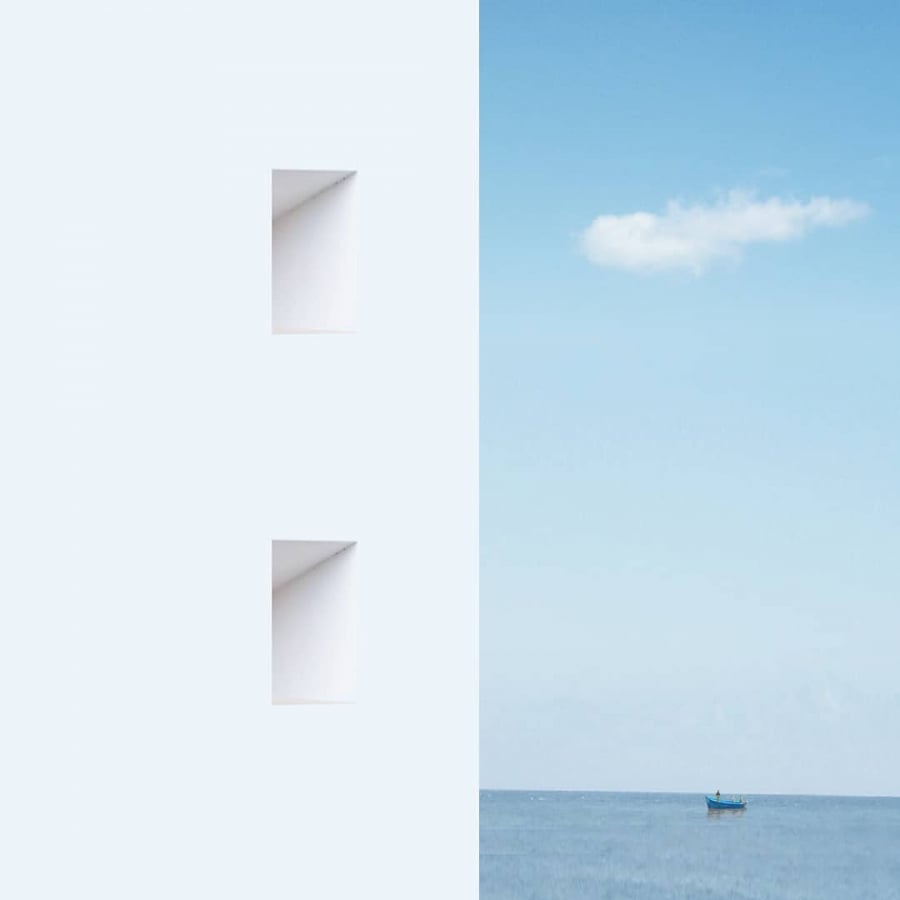

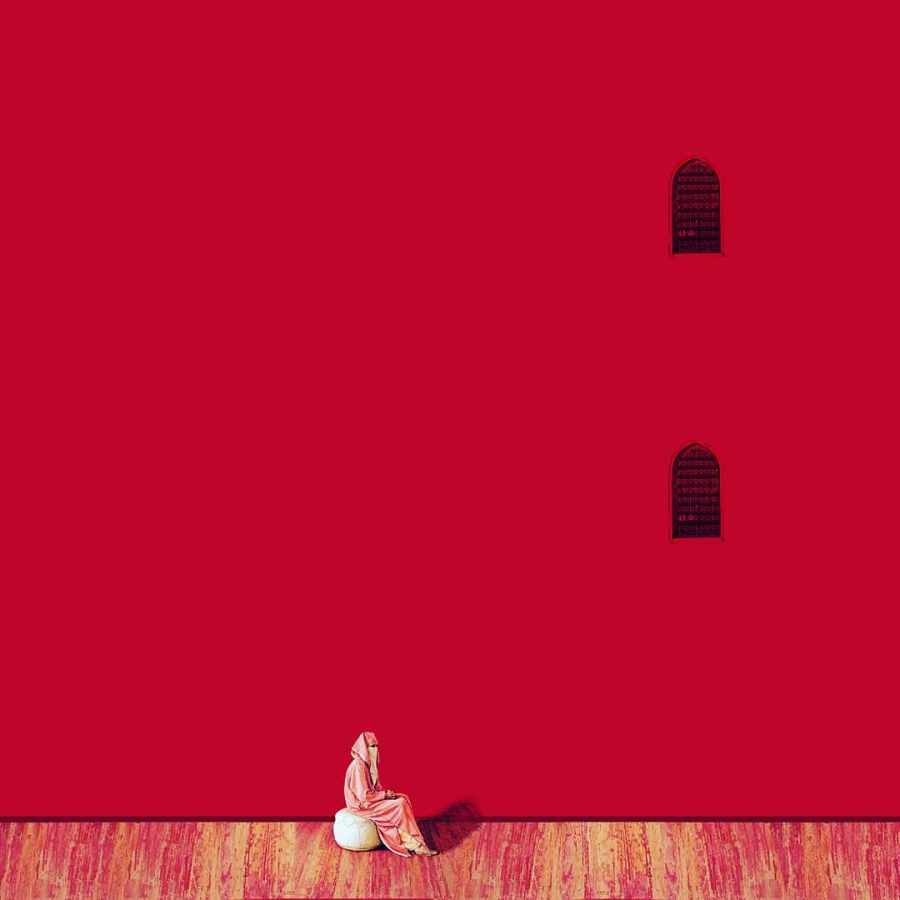
Blue is also one of the most used colors in Moroccan architecture. It represents the vastness and majesty of the sea. The most famous blue city in Morocco is Chefchaouen, where blue covers every building, wall, sidewalk, fence and bench. Chefchaouen was once a refuge for Jewish refugees trying to escape the Nazis, who covered the city in their nation’s sacred color.
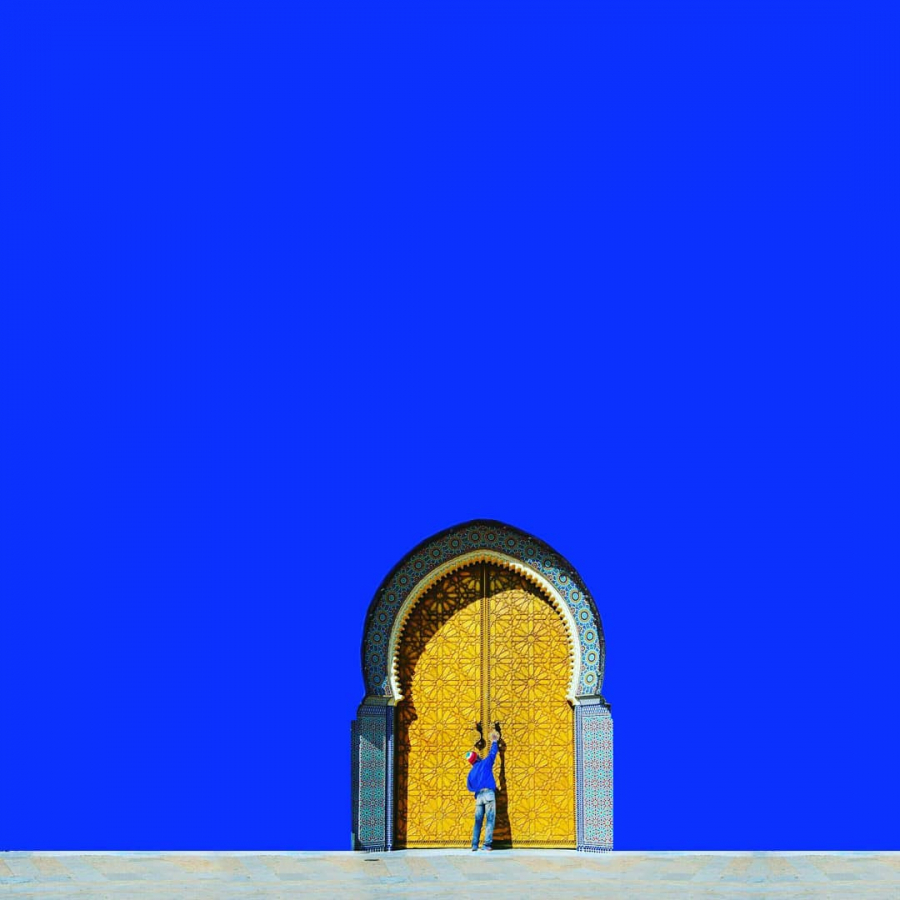

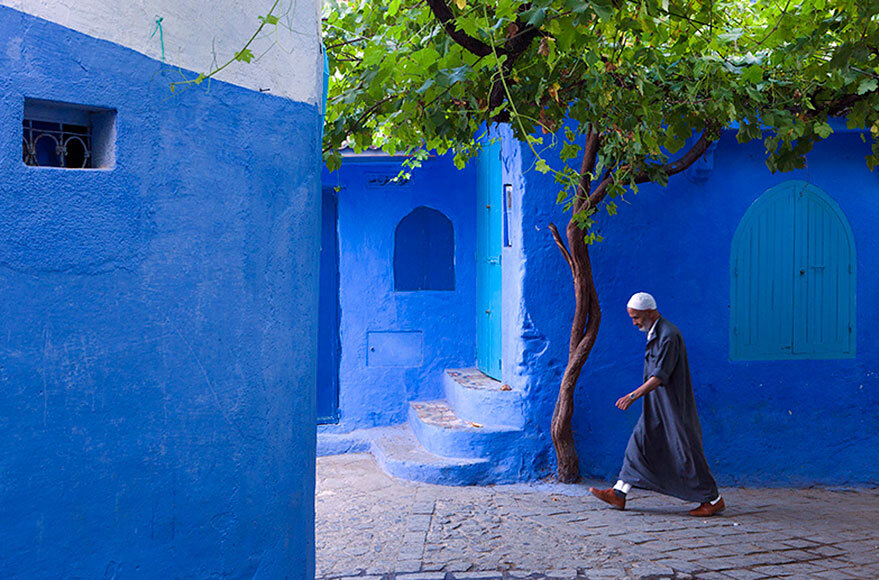
Moroccan architecture is heavily influenced by the Moorish style (originating from the Ottomans, Arabs, Mongols). The Moorish style focuses on traditional materials, nostalgia for the golden age of Islamic rule.
Structure
Moorish architecture often divides spaces into distinct zones to maximize light and shadow. Moroccan walls are extremely rustic, neutral in color, and finished with a special paint that creates the effect of plaster walls. This simple appearance contrasts with the elaborate interior details.

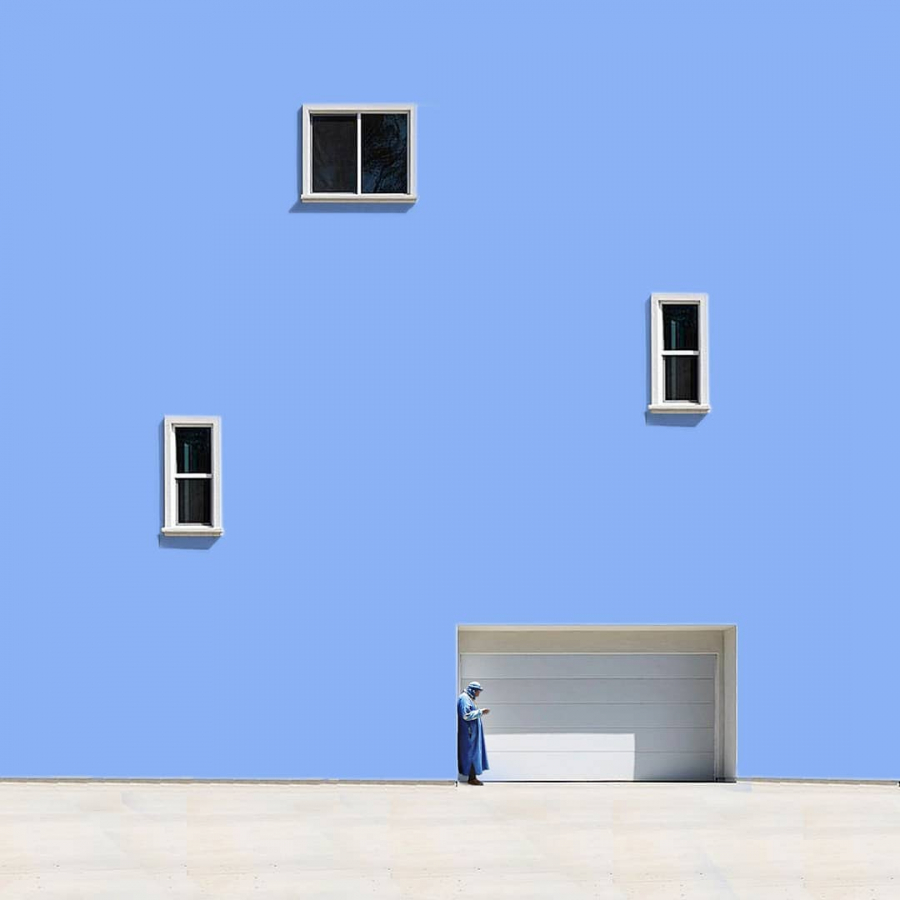

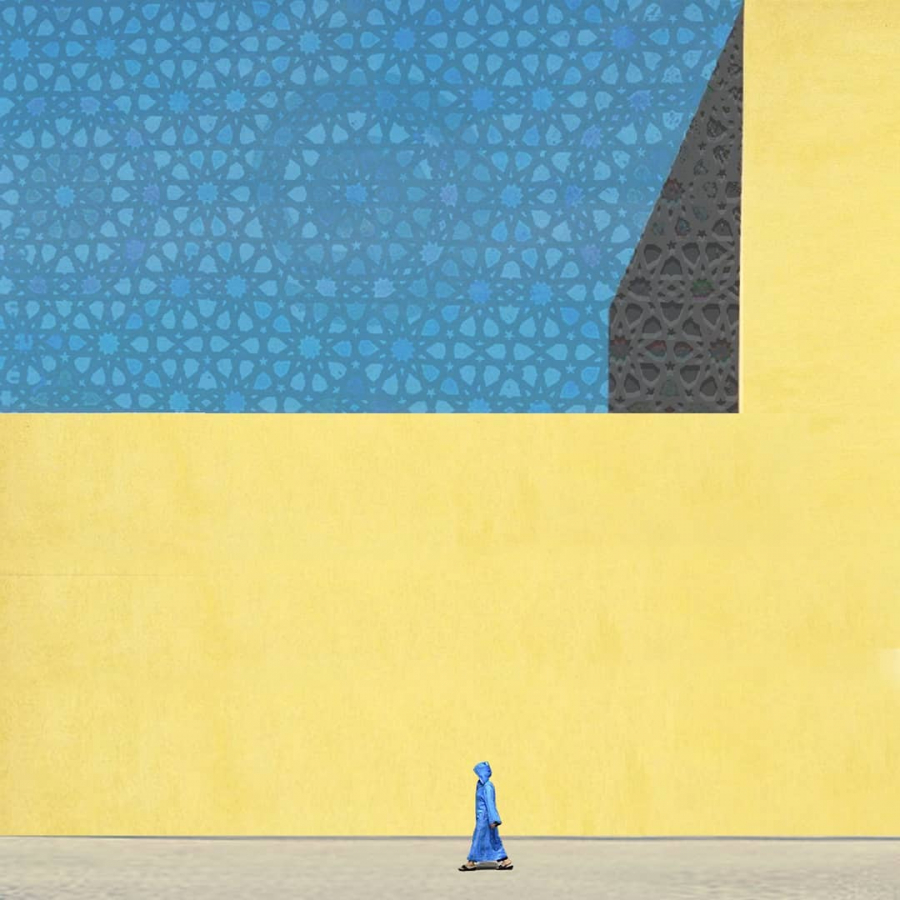

"Fragmented space" to take full advantage of natural light.
Circles and arcs
Along with the square and rectangular windows of traditional Islamic art, Moorish art tended to exploit circular and arc shapes. In particular, the keyhole arch, horseshoe arch and cusped arch were outstanding architectural achievements and gradually returned to dominate European and American architecture in the post-Moorish period.
The coexistence of traditional Islamic quadrangular windows and Moorish style windows.
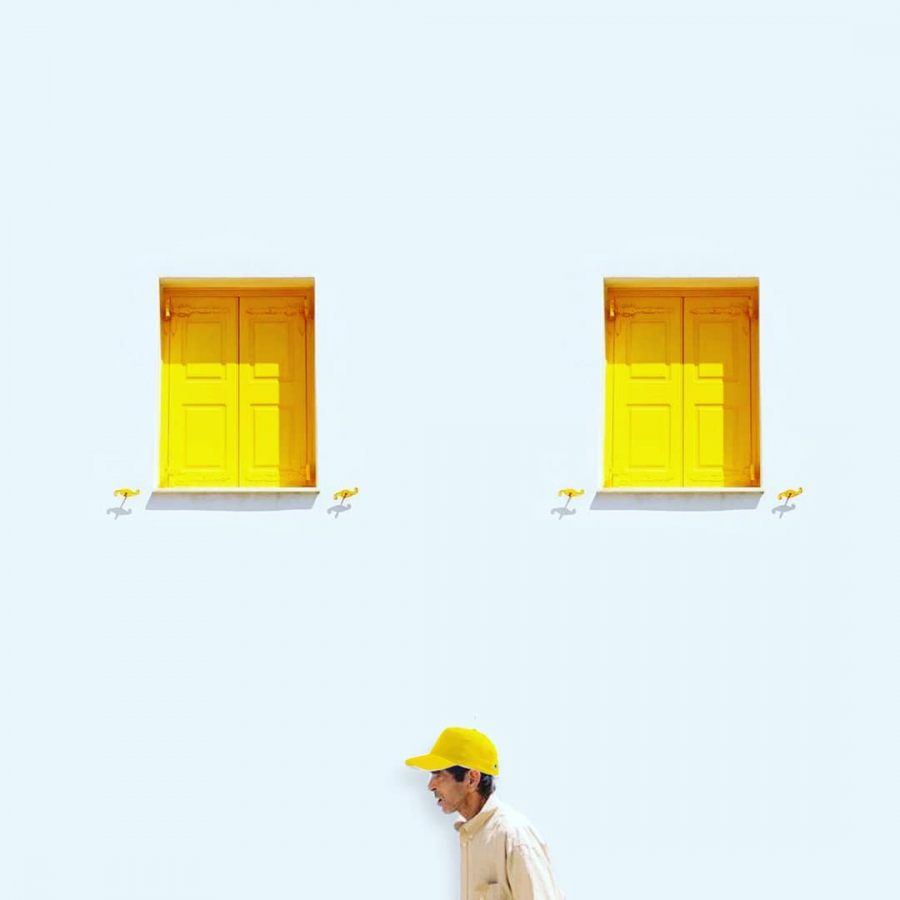


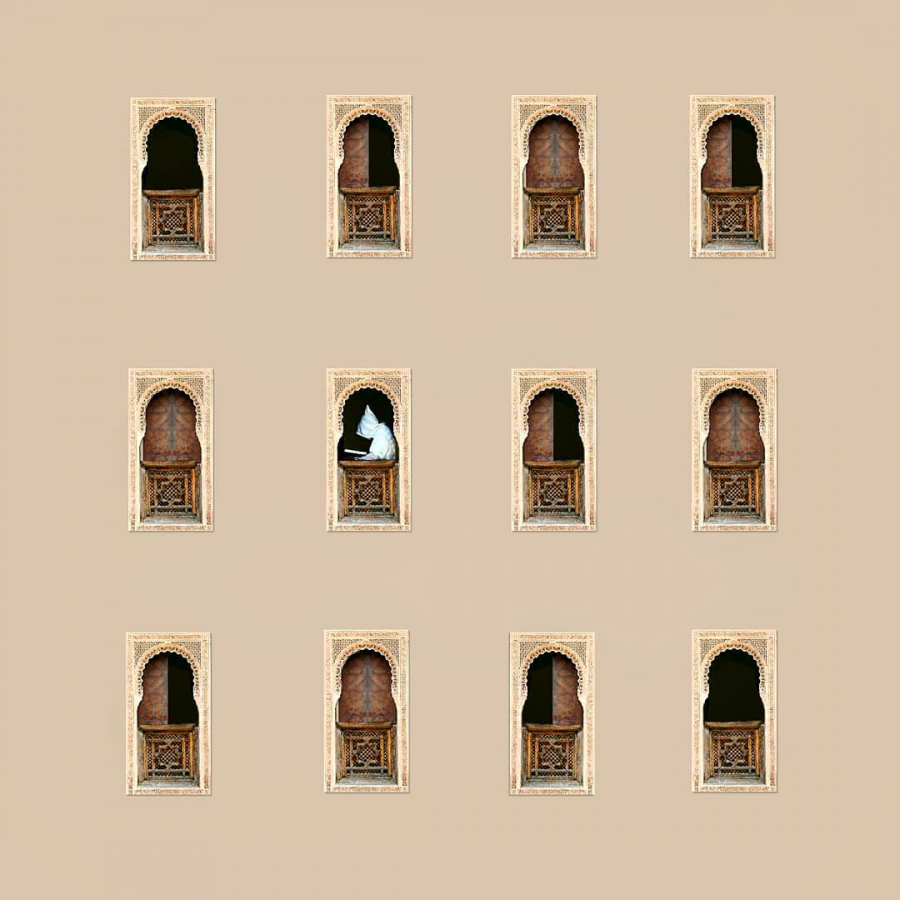
Geometric patterns
The Moorish people were talented in mathematics. Therefore, Moorish artisans often used simple images such as stars, multiplication signs, semicircles, hexagons, and octagons when decorating door arches made of various materials from wood, plaster, tiles, and fabric. If they used natural images in their designs, they chose to stylize them as a variation of arabesque curves.
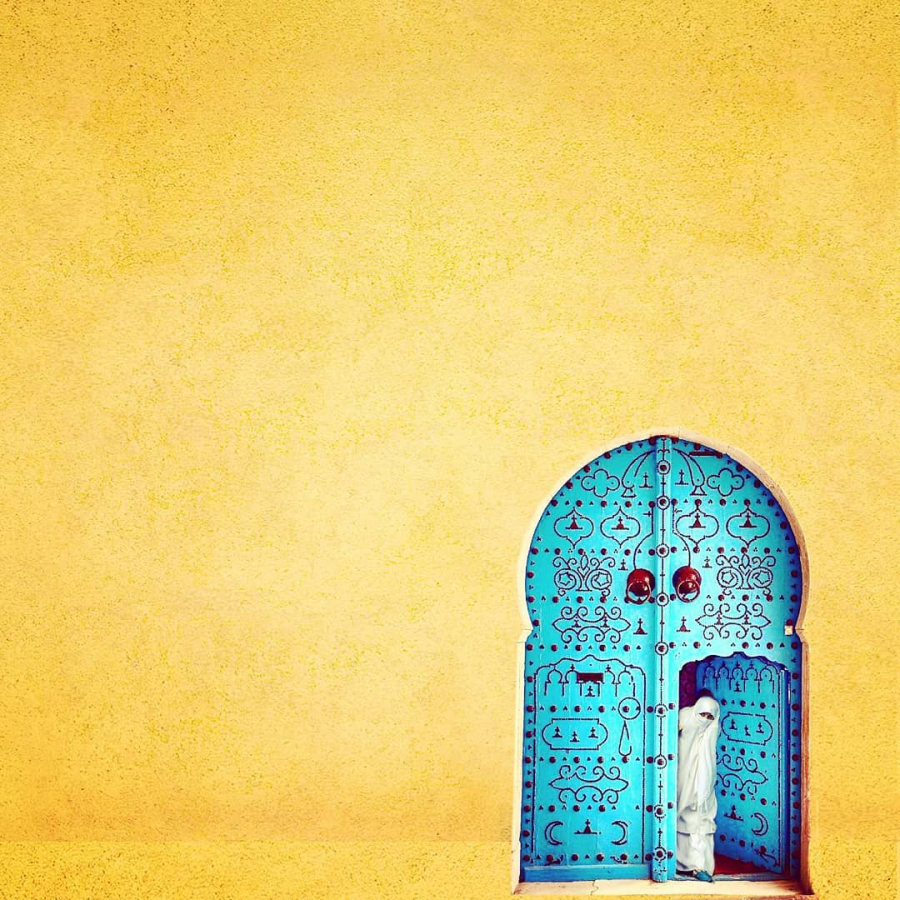
In the 21st century, Moroccan architecture is most commonly used for luxurious and lavish spaces.






